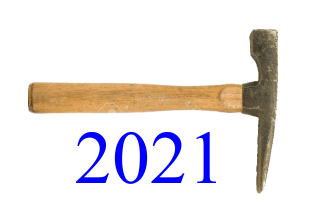Kenneth Martyns鈥慪ellowe
M. Sc. Thesis
(PDF - 27.6 Mb)
On the Scotian Shelf, rollover anticlines host majority of the significant and commercial hydrocarbon discoveries. The Upper Jurassic to Lower Cretaceous age reservoirs analyzed in this study are contained in a rollover structure explored by the Migrant N-20 well. This structure is located up-dip from the Adamant rollover explored by the Adamant N-97 well and the Thebaud Structure, which contains economically developed reservoirs. Despite initially flowing gas at a considerable rate during drill stem testing, pressure depletion was encountered in the structure. This led to a preliminary conclusion of the presence of an a volumetrically limited reservoir, similar to deep diagenetically altered reservoirs in other related structures that failed to encounter commercial volumes of hydrocarbons.
This research integrates well data and 3D seismic data to investigate the impact of sand-on-sand juxtaposition across the crestal fault in the Migrant Structure previously missed in 2D seismic. Additionally, we include well pressure analysis, petrophysical analysis, and seismic mapping of siliciclastic reservoirs in the Migrant rollover anticline, a part of the Migrant-Adamant-Thebaud expansion trend (a group of elongate depocentres with sediment fill). Overall, changes in seismic character and isochron thicknesses in the Jurassic to Lower Cretaceous section observed between the Migrant and Thebaud fault blocks characterizes the timing of fault activity. As a result, between 500 and 1000 m (750 m based on chosen average velocity) of clastic sediment deposits in the Thebaud area have no equivalent (likely from non-deposition) on the north side of the boundary fault.
To demonstrate the failure mechanism associated with the crestally faulted Migrant rollover, 3D geocellular models populated with petrophysical parameters from the N-20 well were used to carry out a trap analysis of the structure. As part of the trap analysis, depth conversion of TWT seismic picks in the Migrant Structure was done to ensure that the structure is enclosed in depth. Results show that there is increased displacement along the crestal fault in the shallow and intermediate sections where the intraformational shales are relatively thin.
Residual gas shows at different levels of the structure from petrophysical analysis suggest hydrocarbon migration through the system. Also, structural closure and reservoir quality diminish with depth in the structure with a termination of the crestal fault in areas of low net sand to gross interval thickness deep in the Migrant Structure. The presence of localized gas trapped below the crestal fault termination represents a different trapping mechanism from the hangingwall dip-closed shallow to intermediate reservoirs above the crestal fault.
Keywords:
Pages: 308
Supervisor: Grant Wach



